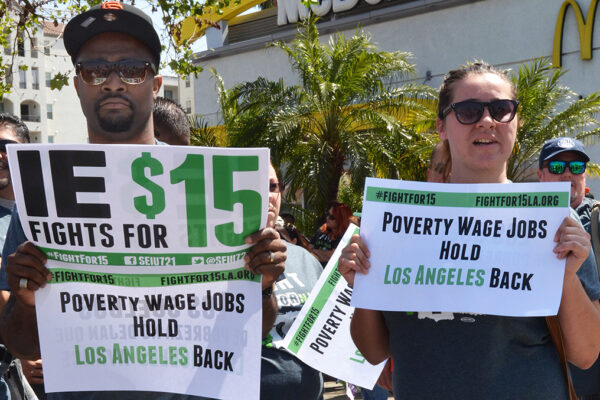A U.S. Supreme Court ruling June 29 won’t meaningfully alter the fledgling Consumer Financial Protection Bureau because it already morphed during its first decade to adopt the philosophical whim of each presidential administration, says an Olin Business School scientist at Washington University in St. Louis.
The court invalidated the CFPB’s leadership structure, ruling that a president shouldn’t be restricted from removing its director at will. President Donald Trump twice has filled that position in three years and altered the agency’s course.
“So it doesn’t change things in a significant way,” said Radhakrishnan Gopalan, Olin professor of finance.
“That we need this drastic a measure, that we need a director who is completely divorced from political influence, is up to debate,” Gopalan added. “The Supreme Court seems to have decided, no, this doesn’t warrant limiting the president’s power.”
Richard Cordray, the inaugural director appointed after Congress and the Obama administration established the agency in 2010 amid the Dodd-Frank Act response to the 2007-08 mortgage crisis, resigned to run for Ohio governor late in Trump’s first year in office.
The court case arose after Trump appointed Mick Mulvaney as acting director, despite the agency procedure that an heir apparent was structurally in place. Before becoming Trump’s chief of staff and being replaced by appointee Kathy Kraninger, Mulvaney fired 25 members of the CFPB board, which was designed to be part of its autonomy.

The agency’s directorship and philosophy “has already changed [since 2010],” Gopalan added. “Even with autonomy, the fact that the president gets to appoint its head has had a huge influence on how the CFPB functions.”
It was initially modeled as a consumer-centric agency in the same vein as the Federal Reserve board, whose chairman cannot be removed by a president without significant, non-political cause.
The designers, including Sen. Elizabeth Warren (D-Massachusetts), who served as the bureau’s special adviser its first year, “wanted to give the CFPB the same kind of protection basically because — at least the notion was — they felt the finance industry has a very strong lobbying machine, and the finance industry has been very effective in lobbying Congress and the federal government in influencing financial regulations. So they wanted an independent body that is relatively free of political aggression to be in charge of regulating consumer finance.
“Is this warranted? Were there such egregious problems in the consumer finance industry? Those are, frankly, in my view, political questions,” Gopalan said. “On many dimensions, the U.S. consumer finance industry is one of the most efficient: The prices are the lowest, there is significant competition across the board in every product category. While there are issues involved in the marketing of certain consumer finance products, I wouldn’t say the industry is egregiously at fault or is terribly misaligned.”
Gopalan said part of the Federal Reserve’s oversight entails protecting consumers.
“You can question whether the Fed was as vigilant as it should have been, especially following the mortgage crisis,” Gopalan said. “And what has the CFPB done with its autonomy? I would say the CFPB, in my view as an observer, has been much more effective in terms of collecting and disseminating data for research on consumer financial products. Its regulations have affected some consumer products, but not the mainstream.
“So the need for this autonomy is not overwhelming. This court decision was judicial. Based on the economics alone, I cannot strongly conclude either way that this autonomy is essential or this autonomy is not essential. It is not a slam dunk.”



